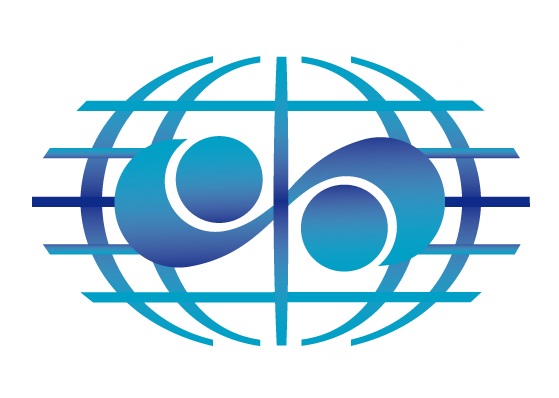Data production through crowd sourcing
The paucity of solid water-related data in many developing regions of the world today is an expression of decades of governmental neglect to invest adequately, in particular in hydro-meteorological and agro-meteorological data production.
Thanks to the emergence of new mobile technologies and software as well as hardware integration, the acquisition of relevant data through local involvement is a new global emerging trend that is seen as an opportunity to fill some gaps of traditional data.
The crowd sourcing of such non-traditional data is, however, not without challenges. For example, recent global crowd-sensing initiatives such as the Weather Observation Network (see https://wow.metoffice.gov.uk) show that if the approach depends exclusively on voluntary participation of citizens, the spatial and temporal resolution of the collected data highly correlates with a) the population density and b) the development status (GDP) of a certain region/country. Many observations are therefore made in urban areas of industrialized countries, where an existing meteorological network of automated sensors/stations already contributes to high data availability. At the same time, the approach fails to increase data availability in data-poor rural areas in developing countries. Hence, key questions remain in relation to data acquisition through local involvement in the development context. They range from issues related to the precision and timeliness of these crowd-sensed data to ensuring the long-term steady motivation of crowd-senders, i.e. the people involved.


